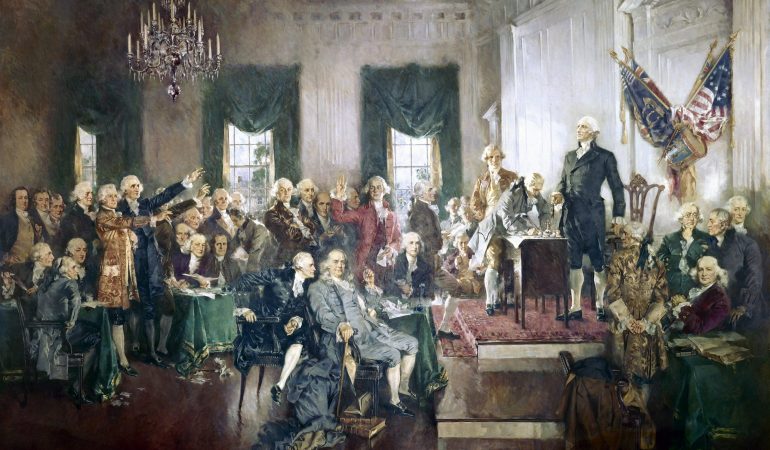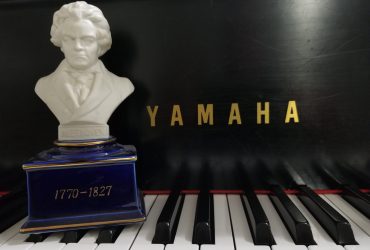The Constitution – A Miraculous Answer
Yesterday we talked a bit about the Preamble to the United States Constitution and discussed the need for a new government that would establish justice, insure domestic tranquility, provide for the common defense, promote the general welfare, and secure the blessings of liberty to the citizens of the fledgling nation and their posterity.
We talked about how the Articles of Confederation did not provide the above because it did not create a federal government strong enough to tax and collect revenue necessary to fund the government, raise an army, or provide for a uniform judicial system, foreign policy or currency. Additionally, with one congressional vote per state, disputes and dissensions arose between large and small states.
A new constitution was the answer and a new Constitution had to be drafted and approved. On September 17, 1787, this miraculous document was finished and signed.
For now, our objective is to provide a short summary of the Constitution so in the coming days we will summarize the first three articles of the Constitution and share the basics of each of the three branches of the government.
Today, Article I, the legislative branch.
ARTICLE I
The first article (section) of the Contitution create a legislature, or the body that creates laws. This legislature is called the “Congress” and is comprised of two separate bodies, or houses.
Article I, Section 1 is very clear about duties of Congress and who creates laws:
“All legislative powers herein granted shall be vested in a Congress of the United States, which shall consist of a Senate and a House of Representatives.”
The Constitution could not be more clear – ALL legislative powers (the powers to make laws) SHALL be vested in (belong to) Congress. Nothing more, nothing less. Not some of the powers, not just the powers Congress wants, but all of the powers shall belong to Congress.
(We will address the makeup and election of senators and congressional representatives, which are outlined in sections 2-6, at a later date.)
Section 7 prescribes that the House of Representatives is where any revenue-raising (taxes) bill originates. Neither the Senate nor the President start the taxation process. This is vitally important to remember when the Executive Branch seeks to collect revenue without Congressional authority.
Section 7 also sets forth the legislative process. Basically, either the House or the Senate can introduce a bill (other than to raise revenue) and pass it. They then send it to the other chamber, which votes for or against the bill (or makes amendments and sends it back). Once both the Senate and the House agree on and pass a bill, then and only then do they send it to the President for signature.
(Nowhere in Article I is the Executive Branch or the president authorized or allowed to pass legislation. Beware when you hear a president talking about passing laws, or issuing Executive Orders that carry the weight of law.)
Section 8 provides the meat of the what powers the Constitution grants Congress. Jumping ahead just for a minute, the Tenth Amendment says: “The powers not delegated to the United Setates by the Constitution, nor prohibited by it to the Staes, are reserved to the States respectively, or to the people.” So, remember, if Congress is not expressly authorized to act in a certain way in Article I, Congress cannot act. If they do, their acts are unconstitutional.
Section 8 authorizes Congress to do the following: lay and collect taxes for the general welfare of the nation, borrow money, regulate commerce, establish immigration laws, coin and print money, punish counterfeiters, establish a post office and roads, promote science and arts through establishing copyright and patent rules, create federal courts (inferior to the Supreme Court established in Article III), create laws punishing piracy and felonies on the high seas, to declare war, to raise and support an army and navy, to create state militias, to govern the laws in the city where the government sits, to make laws concerning all of the above.



